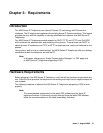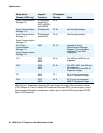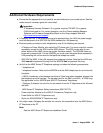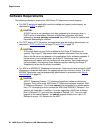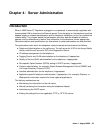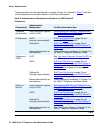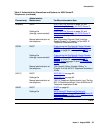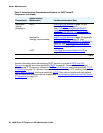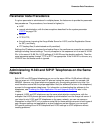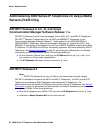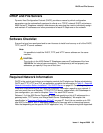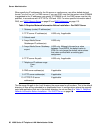
Issue 4 August 2006 53
Chapter 4: Server Administration
Introduction
When a 4600 Series IP Telephone is plugged in and powered, it automatically negotiates with
its associated LAN to determine the Ethernet speed. From that point on, the telephone’s actions
depend largely on network administration prior to telephone installation, and on any actions the
installer takes. This chapter details the parameters and other data the telephone needs to
operate, and the alternatives to deliver that information to the telephone, where appropriate.
Recommendations and specifications for alternatives to certain parameters are also provided.
The parameters under which the telephone needs to operate are summarized as follows:
● Telephone Administration on the call server. The call server for H.323 is the Avaya Media
Server, while the call server for SIP is the Registration Server.
● IP address management for the telephone.
● Tagging Control and VLAN administration for the telephone, if appropriate.
● Quality of Service (QoS) administration for the telephone, if appropriate.
● Site-specific Option Number (SSON) setting of DHCP servers, if appropriate.
● Protocol administration, for example, Simple Network Management Control (SNMP) and
Link Layer Discovery Protocol (LLDP).
● Interface administration for the telephone, if appropriate.
● Application-specific telephone administration, if appropriate. For example, Directory- or
Web-specific information required for these optional applications.
The delivery mechanisms are:
● Maintaining the information on the call server.
● Manually entering the information using the telephone dialpad.
● Administering the DHCP server.
● Editing the settings file on the applicable TFTP or HTTP file server.





